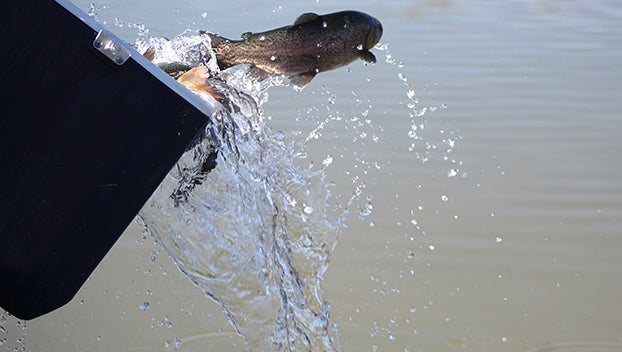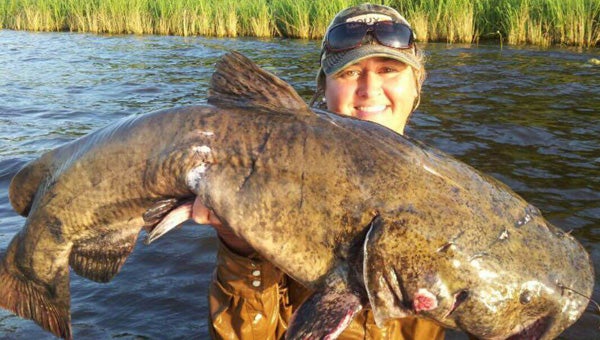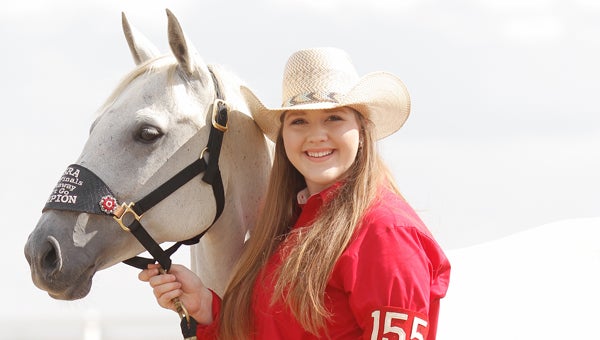First major cold front greets area
Published 12:01 am Sunday, October 20, 2013
Our first major cold front of the year was welcomed by some but had bad timing considering all the festivities going on.
Anything that was going on in the fishing world before the cold front and rain will certainly change. The surface water temperature before the cold front ranged from about 78 to 84 degrees. This should bring the water down to 71 to 75 degrees or so.
The fish activity may be slow for a couple days after this front but good times are coming. Once the high air pressure peaks out and drops, the fish will become active and start feeding again.
We can expect to catch larger fish and more fish as the water gets colder. We are nowhere near what many of the veteran bass and white perch fishermen are used to with water temperatures at or below 60 degrees. That is when the landlocked oxbow lakes will produce the most and largest largemouth bass and white perch.
The Saline/Larto Complex will offer some the best fishing within a reasonable drive, and I expect the bite to pick up on the Black River/Horseshoe Lake Complex. Okhissa Lake in Franklin County is a federal lake so it was closed a couple weeks. The reservoir is now open. It will be interesting to see what this fairly new lake will produce since the bass have not seen a hook in two weeks.
For the first part of this week, the fish should be holding tight to structure. They could be anywhere from two feet deep to 20 feet deep. The depth will depend on what lake you are fishing. Some of our lakes offer deep water opportunities and some don’t. Some of our lakes have little to no deep cover.
That is not a problem with Okhissa Lake or the Natchez Sate Park Lake. These two reservoirs are completely different type waters from the landlocked oxbows across the river in Concordia Parish. I call the oxbow lakes dish pan bottoms because it’s rare to find a sharp drop in water depth that we call ledges. The bottom has a gradual slope.
On those lakes, you have about two choices — fish for bass and perch around the piers or the cypress trees and, of course, most of do both. The one exception on the Louisiana side of the river in Tensas Parish is Lake Bruin. Even though Lakes St. John and Concordia are sister lakes to Bruin, Lake Bruin’s bottom contour is totally opposite.
Bruin has ledges that drop from 7 feet to 25 and even 30 feet of water. You can venture offshore a bit and find some good drops from 12 to 30 feet. Some fish are holding on these ledges now. You probably won’t catch many fishing real deep, but the deep bites you get will be from larger fish than you will catch in the shallows.
It takes patience and a sonar unit to fish the offshore structure successfully. I watched many fishermen start out fishing offshore only to be drawn like a magnet to the nearest cypress tree or pier. You have to ignore the places where you normally catch enough fish to keep you going and move offshore and stay. Some days the shallow bite is better than the deep bite.
As the water gets cooler, those days will be fewer. The deep bite, on some lakes, will be more productive than the shallow bite. In short, we are entering a major transition period. That’s great considering we are coming off the worst summer of fishing many of us have ever experienced.
We certainly welcome the change. Maybe the mosquitoes and gnats won’t be so bad on the water and in the woods this coming weekend.





